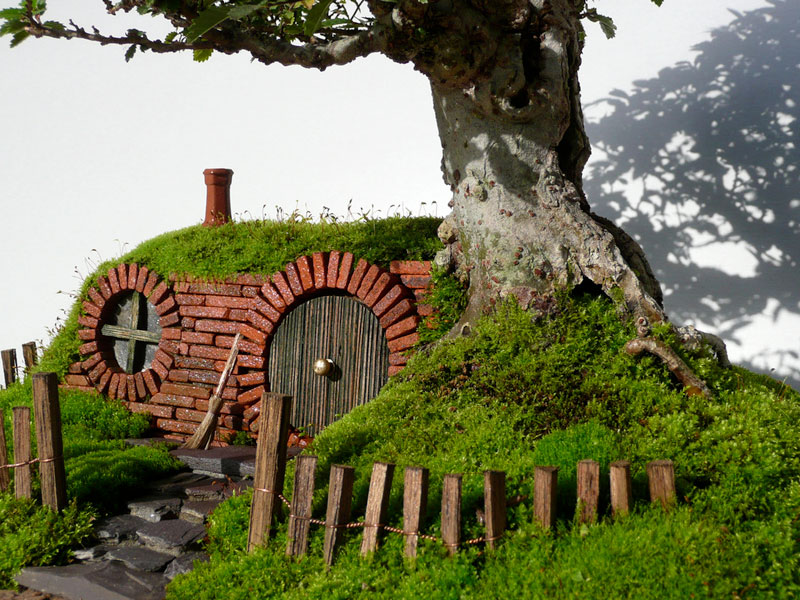Whether you’re just looking to spruce up your home or want to start a career in interior design, these seven steps will have you on your way in no time. We’ve covered just about everything you need to know, including tips on creating your first portfolio and learning to clearly pitch ideas.
-
Follow the golden rules
We’ll let you in on a little secret: in order to create a successful space, there are three rules that the professionals live by. Rooms should be functional, personal and create the right atmosphere.
Firstly, it’s no use making something look amazing if it isn’t practical and doesn’t function as it should. And in few contexts is this truer than in home design, as the house has to be lived in every day.
Secondly, rooms should be connected to their occupants and their style.
And, lastly, spaces need to give the feeling they’re intended to, be it homely, retro, bold, modern or even Barbie chic. If that’s the atmosphere that the homeowner wants, that’s what they should get.
-
Create a portfolio
Even if it’s only for your personal use, keeping a record of all your projects is a good way of seeing what works and what doesn’t. If you change your style regularly, it can become a fun memento of what your home used to look like.
For more serious interior designers who want to make a career of it, putting together a portfolio is important so you can show prospective clients your work. You can include small projects like up-cycling a lamp or styling one corner of a room, right up to redecorating and bigger projects like getting a new kitchen or having an extension built.
If you’ve finished working on your own house, or don’t live somewhere where you can make major changes, see if your friends or family will let you take on some projects in their place. Treat it like a client brief and it’ll be more experience as well as something to add to your portfolio. Just remember to take some before and after shots, as well as asking your informal client for a written reference you can provide for ‘real’ clients in the future.
-
Don’t be set in your ways
Almost all of us will have a signature interior style, but if you want to be a professional interior designer then it’s important to meet a brief as well as inject some of your personality into the project – your clients aren’t always going to have the same tastes as you.
Think about what your style is and whether you could diversify. Instead of always sticking to similar colours, patterns or eras of decoration, try branching out a little at a time. You might surprise yourself and find your new favourite style at the same time.
-
Be well equipped
In order to create a decent portfolio, you might want to invest in a good camera. Ones that have a wide-angle lens are great as you can capture more of the room in one shot. They also give the benefit of making the scene look bigger. Even without expensive equipment, with a bit of practice you can take a decent panoramic shot on most camera phones these days.
When it comes to decorating, the right brushes and rollers for the job can make all the difference. Experience and preference will determine what paints and other materials you go for, but some essentials that every interior designer should have are a cutting-in brush, a very sharp Stanley knife for edging wallpaper and a plumb line for marking straight lines on walls – perfect for achieving a stripe or gradient look.
-
Hone your skills
Design isn’t all about creativity and decorating. There are so many other strings that you can add to your interiors bow with a bit of training. For example, interior designers often use maths to produce scale drawings and computer skills are also hugely helpful when it comes to creating 3D plans.
From short classes to professional courses across many sessions, you can learn anything from architectural scale drawing and Computer Aided Design (CAD), to drawing techniques, colour and decorative effects. You may even learn how to be more sustainable within your designs.

-
Be inspired
There is a glut of reading material on interior design and home styles. You can find inspiration from home magazines and their counterpart websites, as well as individual blogs and visual tools such as Pinterest and Instagram.
But a word of warning, don’t get too carried away and try to fit everything into one room as it won’t work. When scrapbooking or pinning, it’s best to split ideas into different boards by colour, style, room type or medium, such as wallpaper vs accessories boards.
-
Moodboard your schemes
Once you’ve been inspired, it’s time to create a moodboard. This is usually best as a physical item, as things like fabric samples and paint colours are better represented in person. The first step is choosing a colour scheme. As a general rule you should stick to three key colours or shades – a main colour for walls, another for larger accents like sofas, and a third colour that stands out in smaller accessories.
The colours you opt for will be influenced by how much light there is in a room, so don’t forget lighting. Use lots of it, as it can change the mood massively. Even if you go for shades of the same colour or a monochrome look, you can add texture and pattern for interest. And choosing a statement piece will create a focal point for the room.





